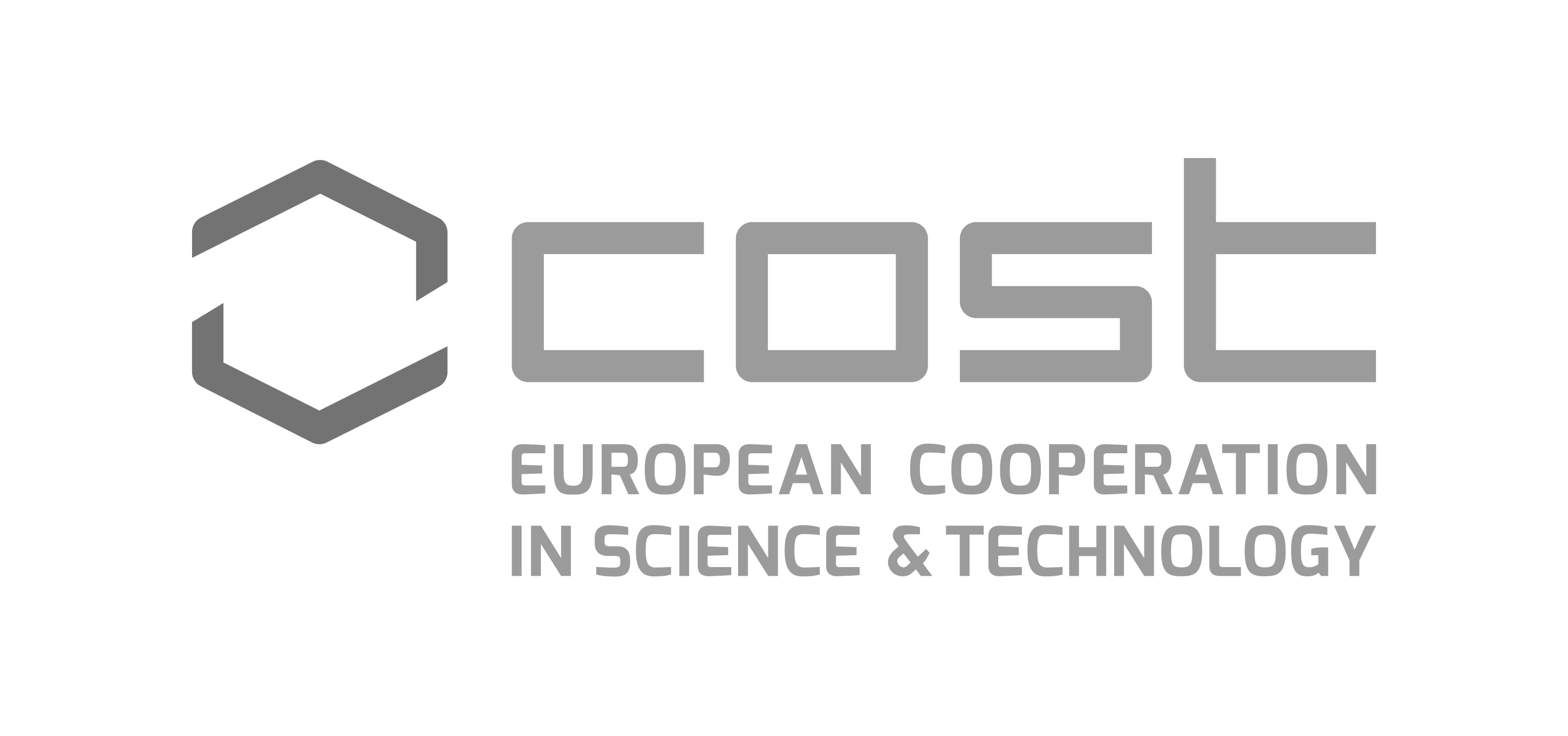
CA17137 G2net COST Action counts for 27 European COST Countries and 2 COST International Partner Countries (Australia, USA). In this conference of the G2net COST Action we want to meet researchers from the three Working Groups of our action, having ML as the common point.
Working Group 1: ML for GW astronomy:
GW detectors are complex instruments and their data reflect this complexity. In the GWOSC (https://gw-openscience.org) the data, documentation, tutorials, and online tools for finding and viewing data, can be found. We want to investigate ML techniques to classify GW signals, recognise noise and disturbances from the instrument, as well as to identify GW signals from known and yet unknown mechanisms. We combine classical ML techniques, together with new ideas and the use of GPU-based ML solutions.
Working Group 2: ML for low-frequency seismic measurement:
The progress in AI, ML and Robotics enables a new era of intelligent semi-autonomous GW detectors and novel geophysics approaches based on Big Data. The performance of earth-based GW detectors is largely influenced by the multidisciplinary research in the fields of seismic sensing, signal processing, robotics, ML and mathematical modeling. We want to acquire, process and interpret seismic data to combat the seismic influences at GW detector site using the state-of-the-art ML algorithms.
Working Group 3: ML for Advanced Control techniques:
GW detectors, both those currently running and those foreseen to be at space, are uniquely complex instruments with specific and new challenges in terms of control and noise issues. These challenges call for significant adaptation and ingenuity in the ML approaches, which are seldom used as textbook cases and are often coupled with simulations and burden with heavy experimental constraints. We want to develop ML algorithms as part of the detectors' feedback-control systems as well as for the feed-forward cancellation of noise.




